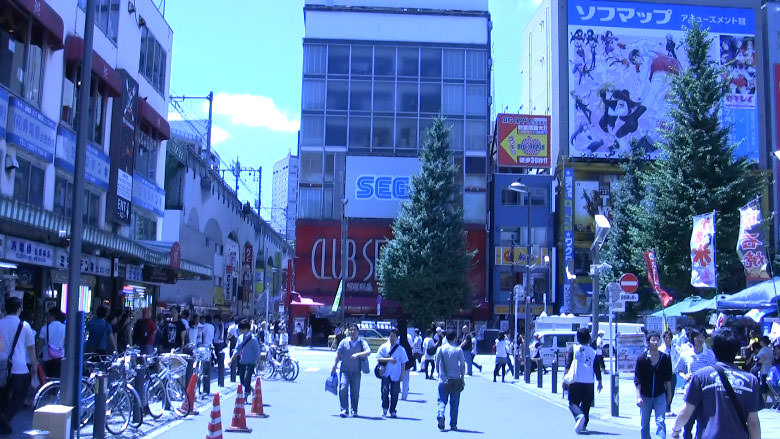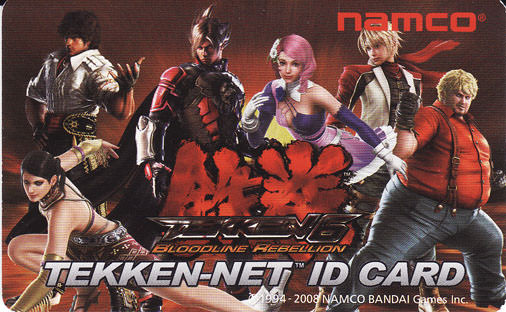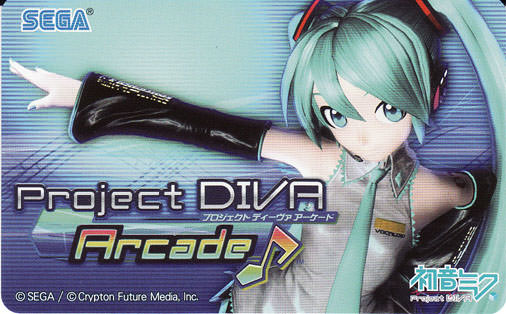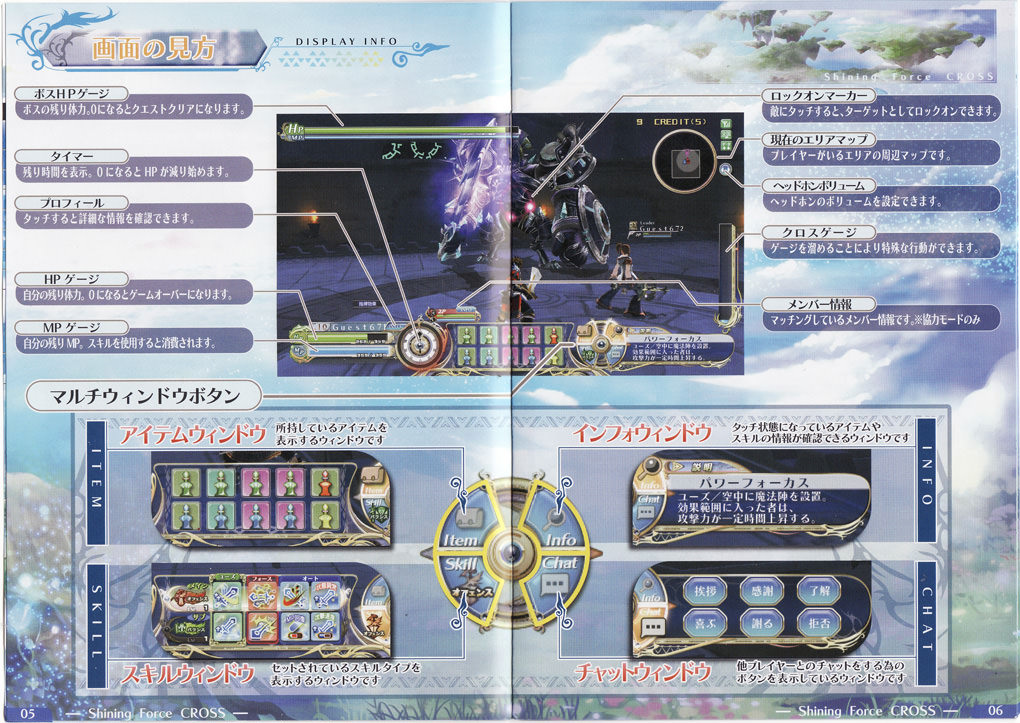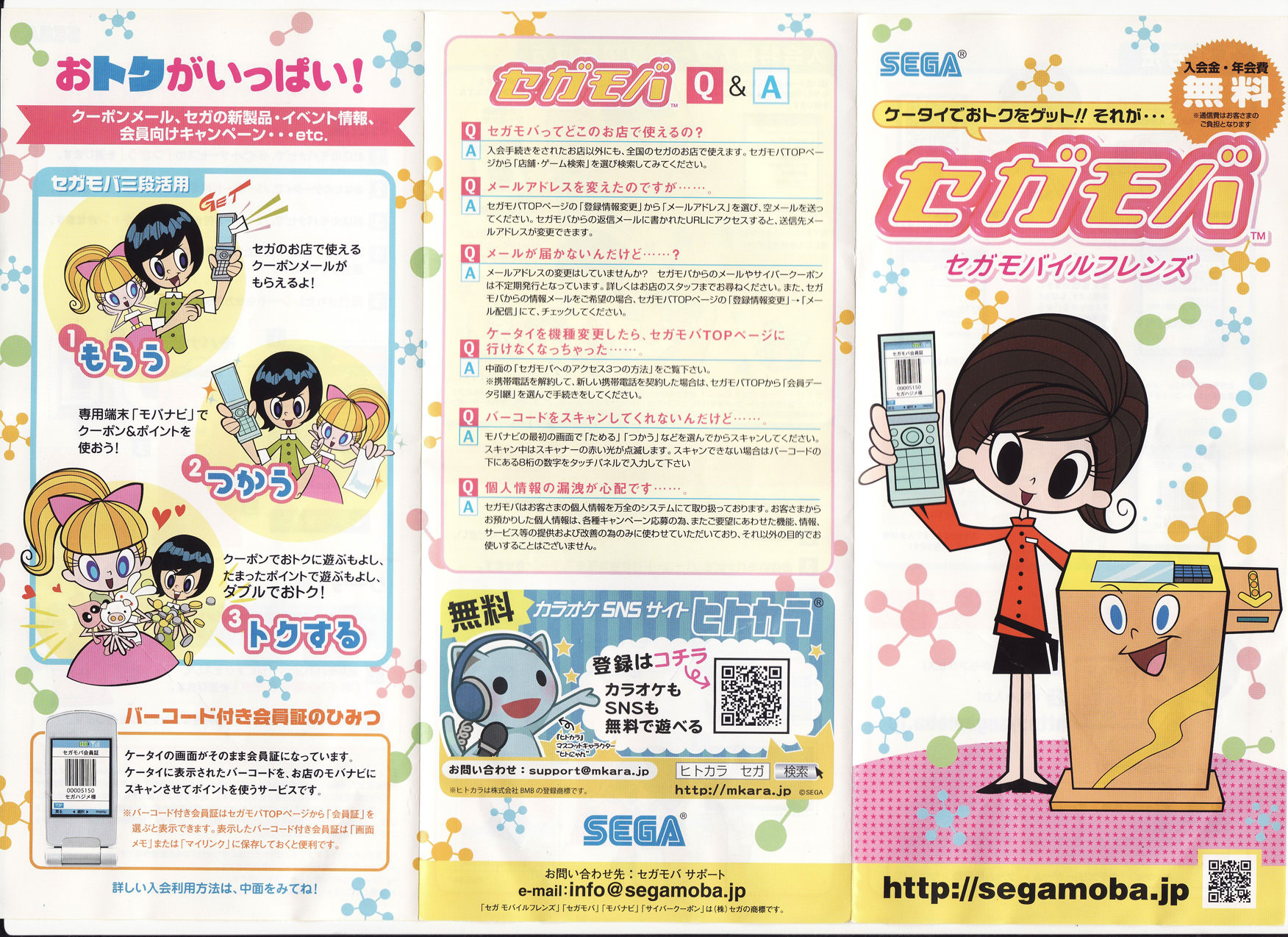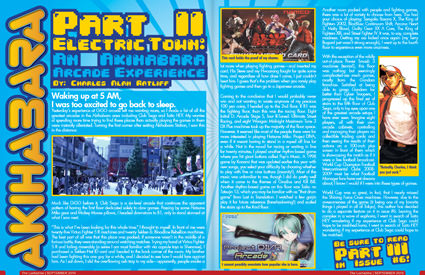SEGA GiGO was a great experience, but I knew the best had yet to come. It didn't take long to see how other arcades in the area compared, as this was the first thing we saw turning the corner out of Akihabara Station on the morning of July 18th, 2010:
Similar to GiGO, Club SEGA is a six-level arcade complex with the first floor dedicated to claw games. Passing by some Hatsune Miku gear and Mickey Mouse pillows, we headed down to B1 to discover the Japanese arcade experience I'd been hearing about for so long. In front of us were a total of 45 fighting game cabinets. Divided between Virtua Fighter 5 R and Tekken 6: Bloodline Rebellion, this place was absolutely packed with people. If someone wasn't fighting, they were standing around watching the matches, and after taking a quick browse of the place, my brother and I split up to test our abilities against those obviously far more skilled than us. I started out on Virtua Fighter 5 R, a series I'm most familiar with via capsule toys in Shenmue. Having never been real deep into fighting games, the most confusing aspect was figuring out what buttons did what and knowing if I needed to press a specific button to block, like in Virtua Fighter, or if I just needed to push back, like in Tekken.
After getting my ass kicked pretty thoroughly, I purchased a Tekken-Net ID card and went over to my brother, who had been playing Bloodline Rebellion against a Japanese fellow and fared about as well as you'd expect. I decided to give his opponent a try, so I sat down, sliding the overflowing ash tray to my side (apparently people smoke a lot more when playing fighting games), and inserted my card. I chose Steve, a character I always stuck with for the rare times I played Tekken 4, and began to fight. My opponent stayed with Hwoarang the whole time, and though I did better than my brother, I never won a full match. Sure, I could get it down to a tiebreaker with us each having two wins, but I could never pull it off in the final round. I think he was messing with me and getting my hopes on purpose, actually. After coming to the conclusion that I would never win and not wanting to waste any more of my precious 100-yen coins, I got up to head to the 2nd floor. As I left, I looked over to see who my opponent was. I think he had a cigarette hanging out of his mouth and was wearing a fedora, but that may just be my memory making him seem cooler than he was.
This card holds the proof of my shame.
If B1 was the fighting floor, then 2F was the racing floor. 20 racing cabinets - divided up between Initial D: Arcade Stage 5, R-Tuned: Ultimate Street Racing, and Wangan Midnight Maximum Tune 3DX Plus - took up the majority of the floor space. However, it seemed that most people there were far more interested in playing Hatsune Miku: Project DIVA Arcade, even if it meant waiting in a roped-off line for a while. Not in the mood for racing or waiting, I decided to play another rhythm-based game where you hit giant buttons called pop'n music. Originally released in 1998 by Konami, the version I was playing had recently been updated in 2010. The game's difficulty is based on whether you want to play with five buttons or nine, and I was able to play five songs on the former for 200 yen. Here are my scores I wrote down:
- Butterfly - 96
- Gradius (Full Speed) - 75
- Rhythm and Police - 99
- Bonus Round: Battle W/O Honor or Humanity (Kill Bill theme) - ??. I wasn't looking at the screen when the score came up.
I cannot overstate her popularity.
Another rhythm-based game on this floor was Taiko no Tatsujin 13, which you may be familiar with as "that drum game" from Lost in Translation (though that was an earlier version). I watched a few gaijin play it for future reference and scaled the stairs up to the third floor. Similar to B1 in amount of fighting game cabinets but unmatched in sheer variety, 3F contained: Sengoku Basara X, The King of Fighters 2002, BlazBlue: Continuum Shift, Arcana Heart 3, Melty Blood, Guilty Gear XX Λ Core, The King of Fighters XIII, and Street Fighter IV. After playing as Terry Bogard in The King of Fighters 2002 and getting destroyed by another stranger, we went up to the fourth floor. With the exception of four Power Smash 3 (Virtua Tennis) machines, 4F was the mech floor, mostly consisting of Gundam. Intimidated by most of the games, my brother and I sat down and played a Gundam game that, like Cyber Troopers Virtual-On Force, was linked to the other cabinets, though I was able to grasp the game better. My boost ability, beam sword, and projectile weapon weren't enough to win, however, and I had to wait for my brother to play another round as he somehow wasn't defeated by the guys we were playing with. He had no idea how, either.
We went up to the fifth, and final, floor of Club SEGA, in which I soon witnessed the greatest arcade setup I have ever seen. Imagine eight players, all with their own arcade cabinets, controlling and managing their football (or soccer or whatever the hell you want to call it) players via collectible trading cards and then seeing the results of their actions on a 100-inch+ screen in front of them that's showcasing the match as if it were a live football broadcast. World Club Champion Football Intercontinental Clubs 2008-2009 made me wish I cared about the sport, and it was so impressive that I almost missed the three Shining Force Cross machines behind me. There was a guy at the end playing the game by himself, and from what I could tell by watching the demo, it was a multiplayer action RPG with touchscreen functionality, and it looked more fun and familiar than anything I had come across yet. My brother sat down at the middle cabinet, and I bought us each an IC card so we could save our progress. Nothing in the game was in English, but we managed to grasp things pretty quickly. Time ran out for me on the character creation screen as I was still figuring out all the options, like how to put "Charles" as my name and how to change the color of my hair, eyes, and skin. Not knowing how to go back to the creation screen and not wanting to play with a character I wasn't happy with, I bought another IC card and managed to get it right the second time. With my new character, "Charles", I was placed into a single-player tutorial before being able to play with others. By the time my brother and I finished and moved on to the multiplayer, the other guy had left. I was disappointed we weren't going to play with him, but that was before we met Yuto and $auels, two Japanese players who were who-knows-where. It was awesome, and the game reminded me so much of Phantasy Star Online, a game I absolutely loved. There was a little chat box where you could use emoticons to say things like "Thank you" and such, using smileys and other universal symbols to communicate with fellow players, which reminded me of the days when I had a keyboard hooked up to my Dreamcast and would stand around in groups of Japanese players saying things like "Hello" with a smiley face and thinking how amazing it was that I was communicating with these people from across the world on my gaming console. The game itself was also a lot of fun; I could have played it all damn day, really, but my brother and I agreed we should probably head out in search of the next place on our list. If I ever get to play Shining Force Cross again, it'll be as a level 7 character with 8302 EXP.
Both of my Shining Force Cross IC cards and a help booklet.
It was about a minute later after leaving that we inadvertently bumped into Taito HEY. I wondered if it could match up to the fantastic experience that was Club SEGA.
Club SEGA
B1
MJ4 Evolution (8)
Tekken 6: Bloodline Rebellion (20)
Virtua Fighter 5 R (25)
1F
Claw Games
2F
Capsule Machines
Dragon Quest: Monster Battle Road II Legends
Hatsune Miku: Project DIVA Arcade (4)
Initial D: Arcade Stage 5 (8)
Kamen Rider Battle: Ganbaride
Midnight Maximum Tune 3DX Plus (8)
pop'n music
R-Tuned: Ultimate Street Racing (4)
Sangokushi Taisen 3 War Begins
Taiko no Tatsujin 13
3F
Arcana Heart 3
BlazBlue: Continuum Shift (8)
Guilty Gear XX Λ Core (10)
Melty Blood (6)
Sengoku Basara X
Street Fighter IV (6)
The King of Fighters 2002
The King of Fighters XIII (4)
4F
Power Smash 3 (4)
Various Mech Games including Gundam
5F
Shining Force Cross (3)
World Club Champion Football Intercontinental Clubs 2008-2009
A pamphlet on SEGA Moba and a hand wipe used for cleaning arcade buttons and headphones.
